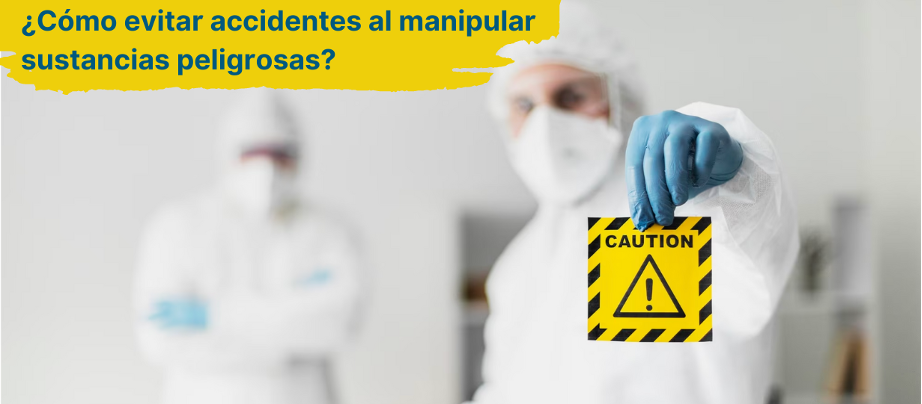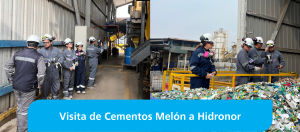
There are jobs and areas where there is a greater exposure to dangerous substances, which may imply a risk to people. How to handle and work with them correctly so as not to endanger the health and integrity of workers and their environment?
First of all, it is necessary to clarify that when we talk about dangerous substances we refer to any chemical element or compound that can put the health or safety of people and the ecosystem at risk. This is why it is essential that the workers who are in contact with this type of elements have the necessary training, both for correct handling and for safe storage, so that all types of accidents or occupational diseases can be prevented.
In this sense, Chilean Standard 382/2004 establishes a symbology in which substances are identified and classified into nine classes according to the type of element and its danger. These are the following: explosives, gases, flammable liquids, flammable solids, oxidizers and organic peroxides, toxic and infectious substances, radioactive substances, corrosive substances, and various dangerous substances and objects.
Likewise, Supreme Decree No. 43 establishes the safety requirements that storage areas for this type of substance must follow, and the conditions that must be met.
How to avoid accidents when handling dangerous substances?
Understanding that most of the accidents that occur in this type of work are usually related to human negligence, it is recommended to follow the following tips to avoid accidents in these scenarios:
- Before starting to work, plan in detail and comply with all the security protocols established by the company.
- When handling dangerous substances it is important to review in advance the safety data sheet where the behavior of the material is specified.
- If you do not have training or authorization to work with specific substances, you should not do it.
- Pay attention to all warning signs, such as “danger hazardous substance”.
- Check that access to the area is controlled and restricted by surveillance and security personnel.
- In the event of any discomfort, inform the appropriate persons according to the safety protocols of the workplace.
Working with dangerous substances is a real challenge, but if the safety protocols defined by each company and the guidelines established by the authority are respected, this work should not involve greater complexities.
That all workers return safely to their homes should be a maxim for all companies. Let's respect life!







